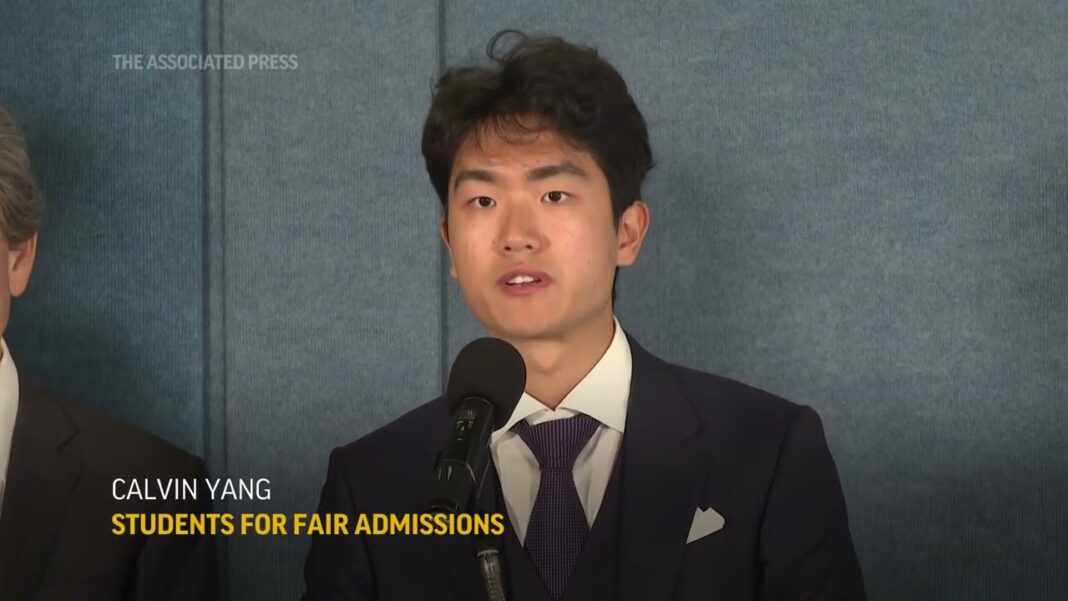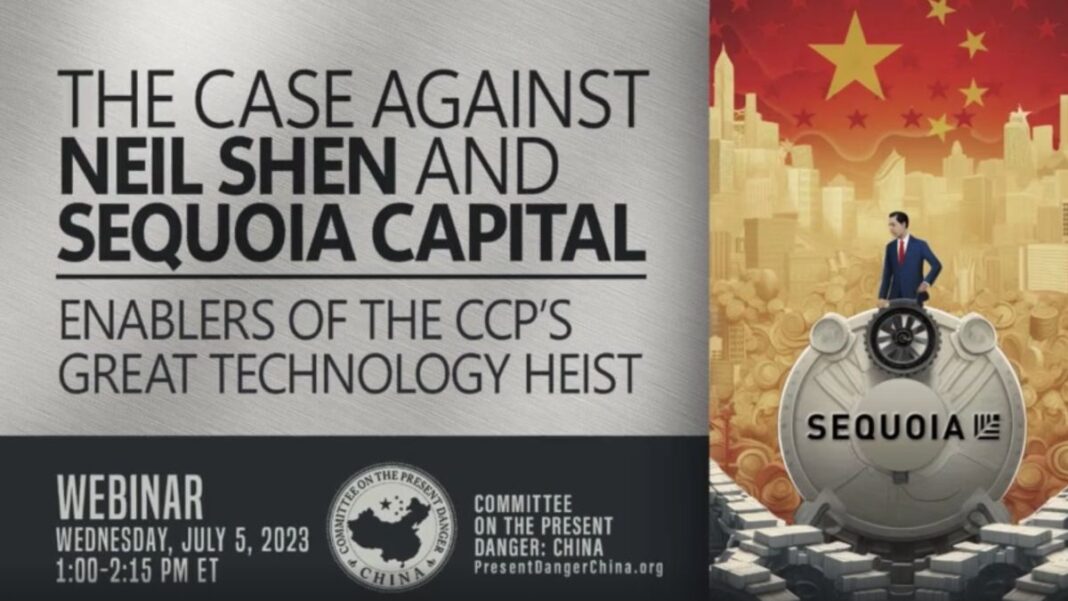Advocates and critics debate merits of government directing America’s economy
With an eye toward the upcoming presidential elections, the White House has launched a new public relations campaign called “Bidenomics,” to define President Joe Biden’s economic agenda.
“I don’t know what the hell that is, but it’s working,” Biden stated at a June 17 union rally in Philadelphia, begging the question: what is Bidenomics, and is it working?
According to a White House statement, Bidenomics rests on three pillars: massive “smart” government spending on renewable energy and semiconductors, support for unions and domestic manufacturing, and promoting competition. As a result, the White House states, “our economy has added more than 13 million jobs—including nearly 800,000 manufacturing jobs—and we’ve unleashed a manufacturing and clean energy boom.”
The Creating Helpful Incentives to Produce Semiconductors and Science (CHIPS) Act of 2022 allocates $280 billion in federal spending to bolster U.S. semiconductor manufacturing. The Infrastructure Act of 2021 allocated more than $65 billion for “clean energy” projects. And the 2022 Inflation Reduction Act allocated an additional $394 billion for clean energy in the form of tax incentives, loans, and grants.
“I would define it as trickle-down big government,” Jonathan Williams, chief economist at the American Legislative Exchange Council, told The Epoch Times. “The common thread of this administration has been growth and expansion of government power, and certainly big government spending.”
According to National Security Advisor Jake Sullivan, when Biden took office, “America’s industrial base had been hollowed out. The vision of public investment that had energized the American project in the postwar years—and indeed for much of our history—had faded.“
“There was one assumption at the heart of all of this policy: that markets always allocate capital productively and efficiently,” Sullivan said during an April speech at the Brookings Institution.
“President Biden … believes that building a twenty-first-century clean-energy economy is one of the most significant growth opportunities of the twenty-first century,” he stated. “But that to harness that opportunity, America needs a deliberate, hands-on investment strategy to pull forward innovation, drive down costs, and create good jobs.”
Despite the administration’s argument that government is best positioned to direct private industry, some critics say that waste and failure are the hallmarks of government industrial policy.








